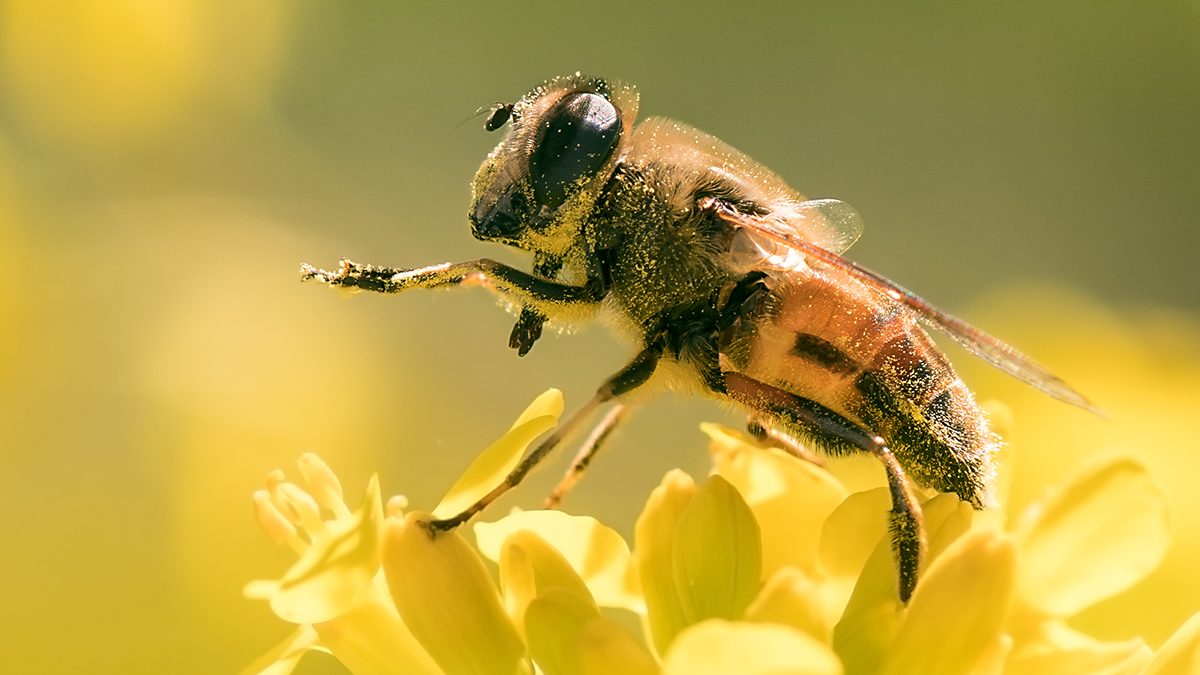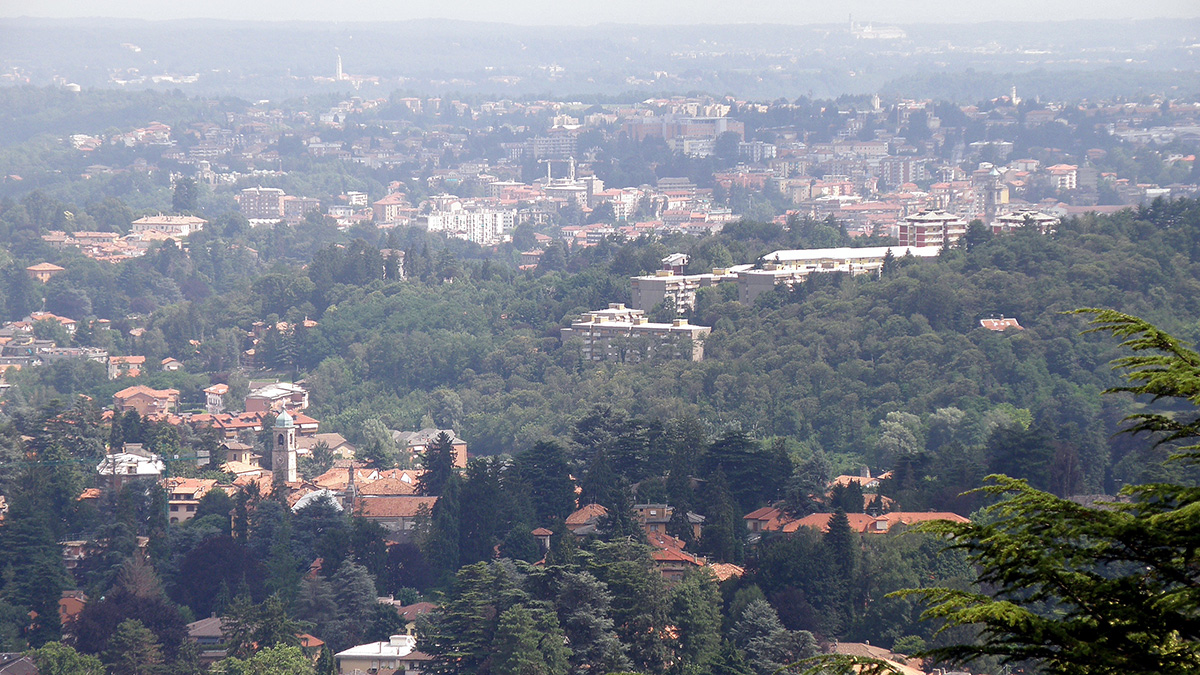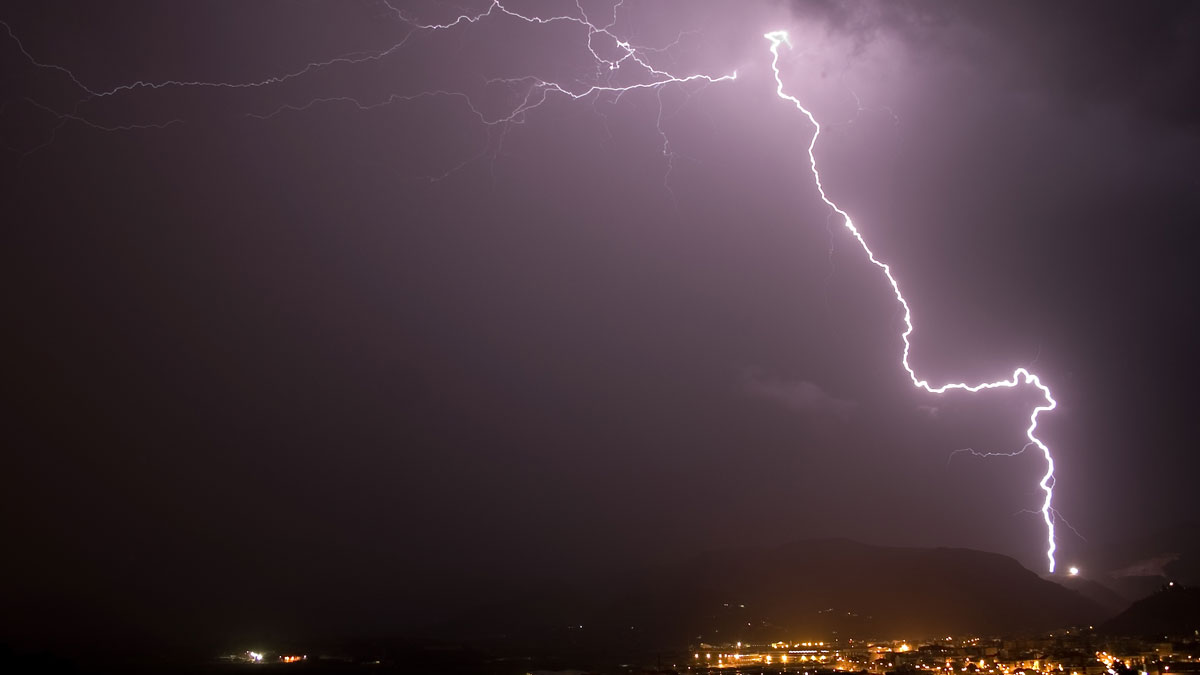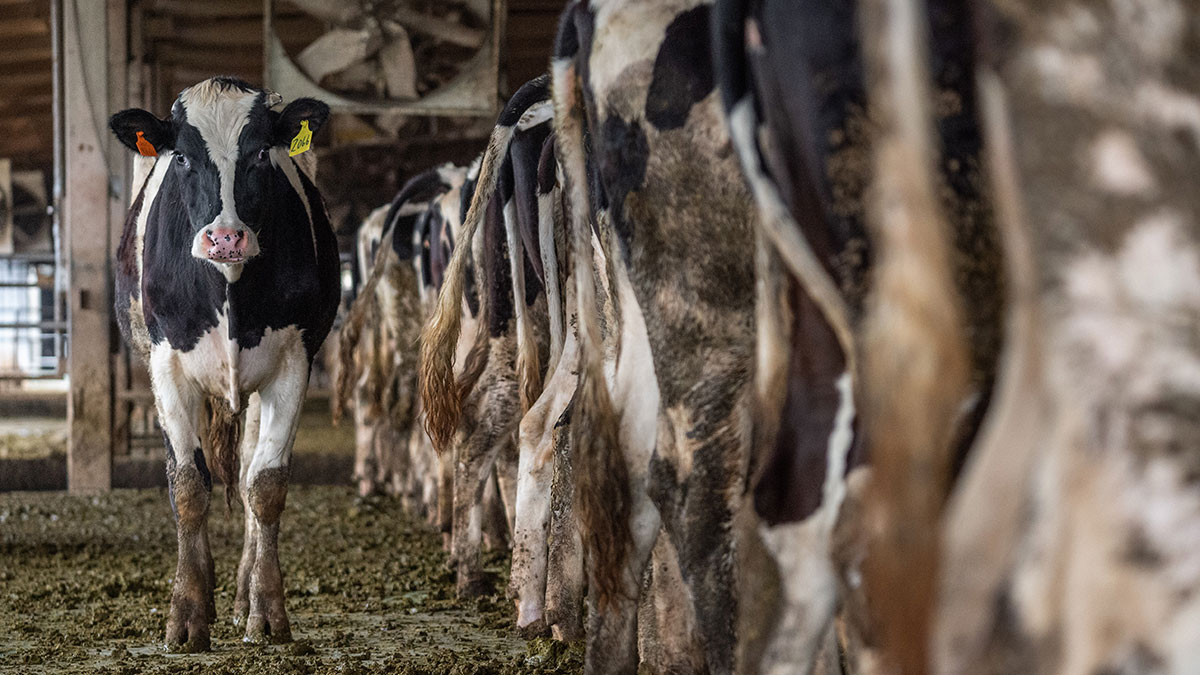A decrease in emissions of ozone precursor gases during the COVID-19 economic downturn likely explains the unusual reduction in ozone concentrations observed during the spring and summer of 2020.
air pollution
Pollution Is Disrupting Rain Cycles in the Amazon
A team of researchers in Brazil and the United States uncovered the importance of the mechanism of oxidation—a process with the potential to affect climate and precipitation across the tropics.
Iodine-Laden Desert Dust Is Eating at Ozone Pollution
In a happy accident, scientists found a potential solution to an atmospheric chemistry mystery. Their findings could be a missing piece in the iodine cycle and in atmospheric models.
Pollination Plummeted 31% in Polluted Fields
Air pollution levels below “safe” limits (and lower than those commonly found in cities) led to a significant decrease in pollination by 10 common insects.
Exposure to Low Levels of Air Pollution Increases COVID-19 Risk
Although causality has yet to be established, an Italian case study found that an increase in annual average exposure to PM2.5 was associated with a jump in the rate of COVID-19.
Cleaner Pandemic Air Led to Reduced Lightning Strikes Worldwide
As people stayed home during the COVID-19 lockdowns, air quality improved. But the improvement was accompanied by an unusual meteorological side effect: a decrease in lightning.
Health Impacts of Air Pollution from Australian Megafires
Models suggest that thousands of Australians experienced dangerous levels of air pollution for several months, leading to more than a hundred deaths.
Termite Fumigation in California Is Fueling the Rise of a Rare Greenhouse Gas
The insecticide sulfuryl fluoride isn’t included in federal or state emissions reduction goals.
Tracking Pollution in the Breeze, with Trees
New research outlines how pine needles offer a simple, low-cost means of assessing particulate matter pollution.
Midwest Livestock Operations Linked to Rise in Ammonia Pollution
For the first time, scientists have linked high-density animal operations in the U.S. Midwest to rising air pollution from ammonia, suggesting need for increased regulation from the EPA.










